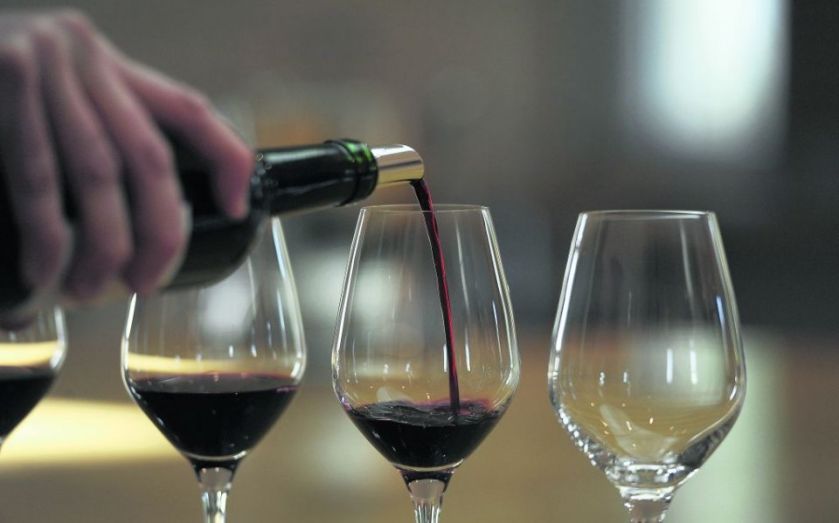The British love affair with Bordeaux is here to stay

The UK has traditionally been a nation of claret-lovers, dating as far back as the 12th century when Eleanor of Aquitaine married Henry Plantagenet.
Eager to please his French subjects, King Henry II decreed that any ship sailing from Bordeaux would be exempt from export tax.
By the 14th century, England, Scotland and Ireland were importing more than 25 per cent of Bordeaux’s wine. Even today, claret remains king in the UK.
According to Liv-Ex, the online trading platform used by UK wine retailers, Bordeaux comprises 74 per cent of wines traded on average per month, down from 95 per cent during the heyday of 2010, but still far ahead of Tuscany and Burgundy, with only 7 per cent market share each. third wine from younger vines, meant more for consumption than for ageing, with a lower price tag to match.
In 1855, Napoleon demanded all Left Bank chateaux be ranked in preparation for the Paris Expo. Five categories ensued, based solely on price.
The First Growths, such as Latour and Margaux, commanded 3,000 Francs per barrelF and were considered the crème de la crème. The Fifth Growths, such as Pontet Canet and Lynch Bages, commanded 1,400–1,600 Francs per barrel.
Around 160 years later, the classification is still in use with only three changes since its inception, the most notable of which was the promotion of Mouton Rothschild from Second to First Growth in 1973 after decades of lobbying from the owner, Baron Philippe de Rothschild. Right Bank wines were considered too rustic to be classified in 1855, and many of the now-coveted wines such as Le Pin did not exist at that time.
Today the best-known Right Bank wines hail from St. Emilion and Pomerol. The former was classified in 1955, with many factors besides price coming into play, resulting in just three categories: ‘A’, ‘B’ and ‘classified’.
Until 2012, only two wines, Ausone and Pavie, were in Class A. Of course, all the other St. Emilion chateaux protested, and it was determined that St. Emilion should be reclassified each decade, although in 2006 the results were so controversial that the ranking Compared to other wine regions, Bordeaux is relatively easy to understand: you have one estate — called a chateau — producing one flagship wine made predominantly from Cabernet Sauvignon if situated in the western region (‘Left Bank’) or Merlot if from the eastern region (‘Right Bank’).
The chateau may also produce a second or was declared invalid. Pomerol, home of Petrus and Le Pin, has smartly refrained from any system of classification.
While this may all sound terribly complicated and political, consider the English Premier League football, and the fact that you or someone you know can most likely recite which teams have been promoted and relegated since its inception, and how it makes no sense that a new team with no wins so far this year is guaranteed to earn at least £60m this season just for showing up.
It’s enough to make you want to drink, and hopefully Bordeaux
[custom id="2"]